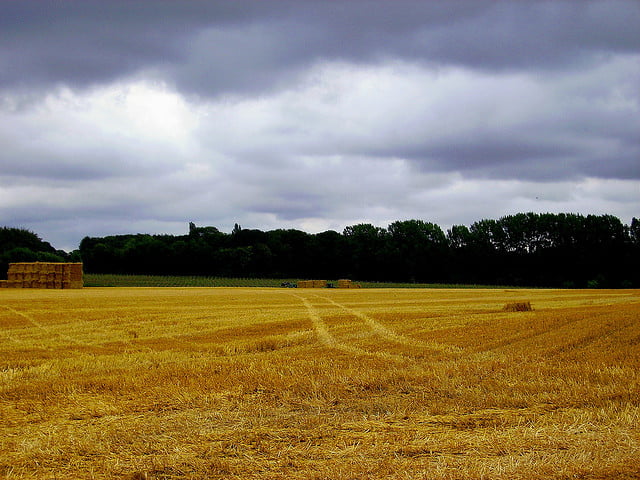Scientists in Israel have developed a way of using satellite images to help farmers detect small-scale changes in climate and improve their harvests, a method that could bolster food supplies for an increasingly hungry world population.
Rather than analyze the weather and topography of large swathes of land, the new system divides fields into smaller microclimates that guide farmers on the best way to work each individual plot.
Related Stories:
Genetically Modified Plants To Resist Intense Drought
Sending Out An SMS: Online System To Warn About Floods
It tells them when it is best to plant seeds, when to spray pesticides and even which crop is most suitable for each square-kilometer field, said Uri Dayan, a climatologist from Hebrew University in Jerusalem.
Since the method was published in the Bulletin of the American Meteorological Society in September, Dayan and co-developer Itamar Lensky have been working to develop it into a global interface that will help farmers on any continent.
The U.N. Food and Agriculture Organization (FAO) has said that global food output must increase by 70 percent by 2050 to meet the needs of an expected 9.1 billion people.
…
To continue reading this article, click here.
Via Reuters
Photo by violet monde
Related posts

Resilient And Nutritious New Plant-Based Milk Aims To Make A Splash

Chocolate From Cultivated Cocoa Comes Without Environmental Toll

Plastic Fantastic: Startup Takes PVC Back To Its Crude Oil Roots




Facebook comments